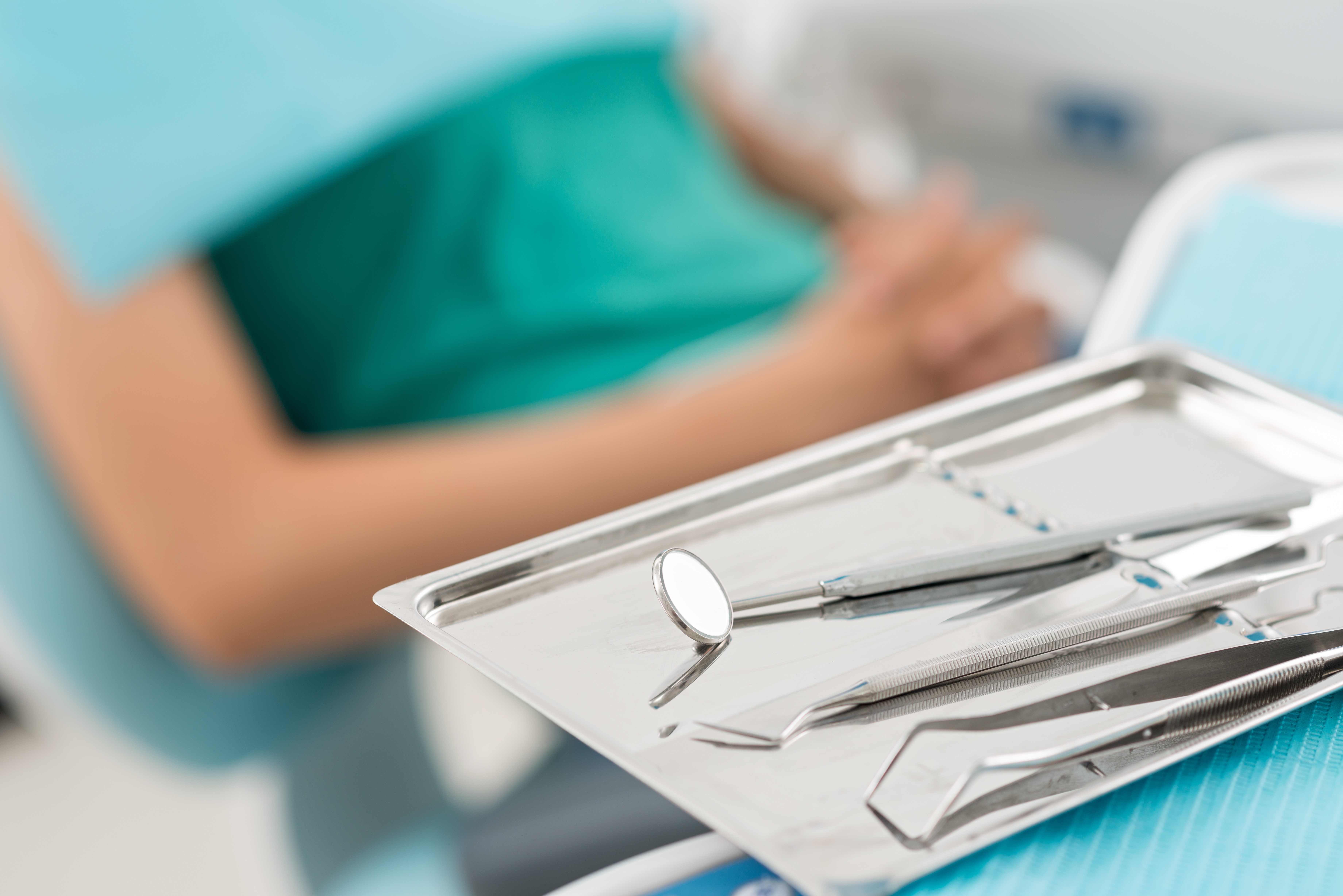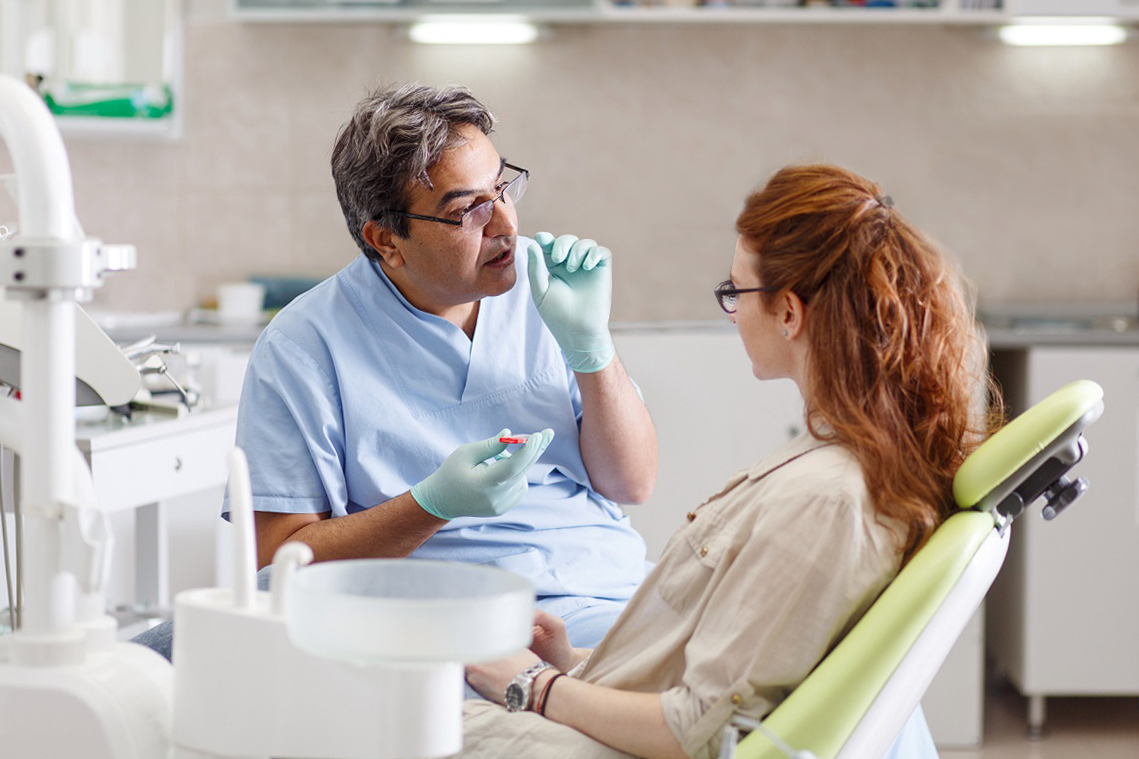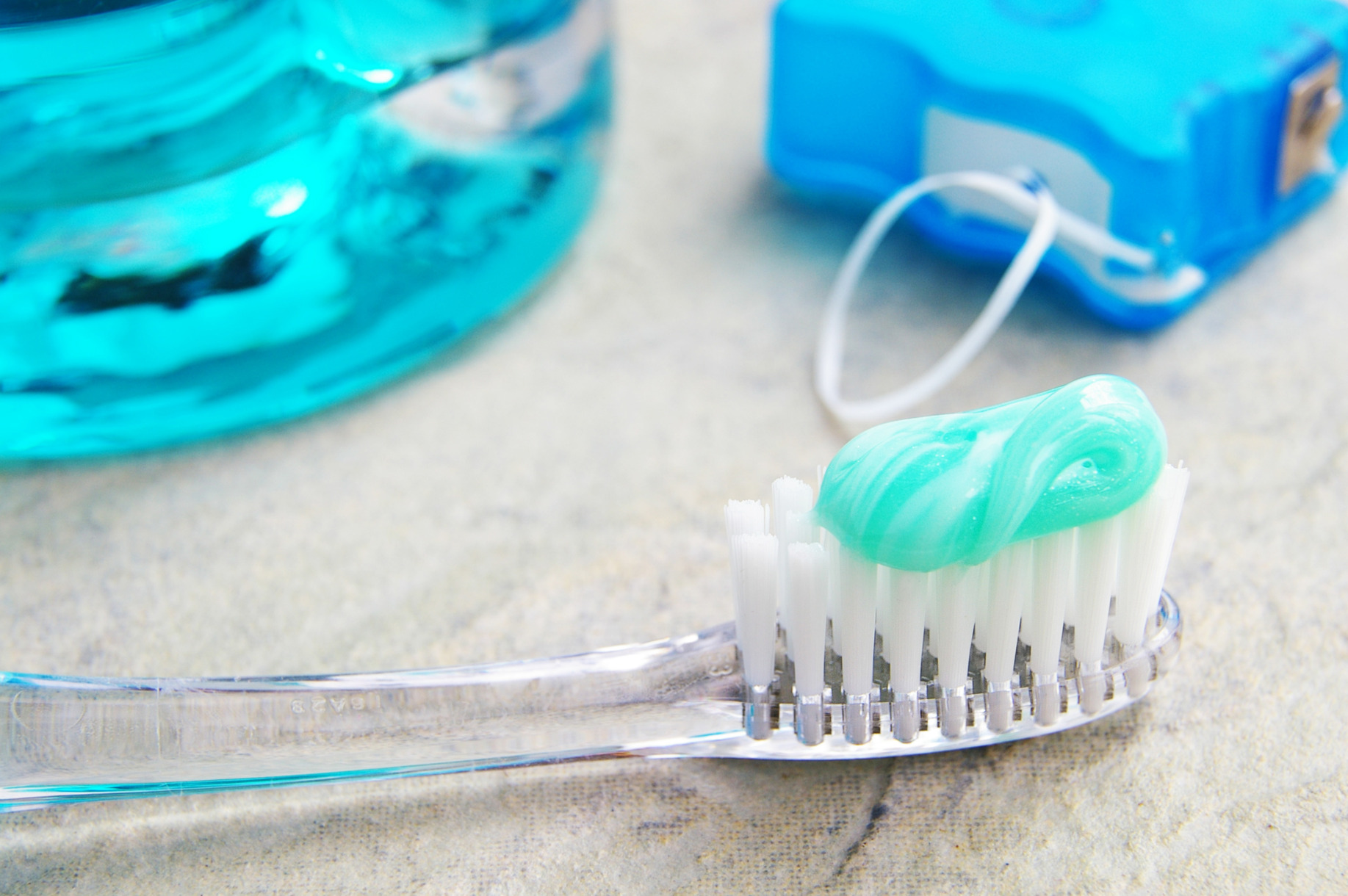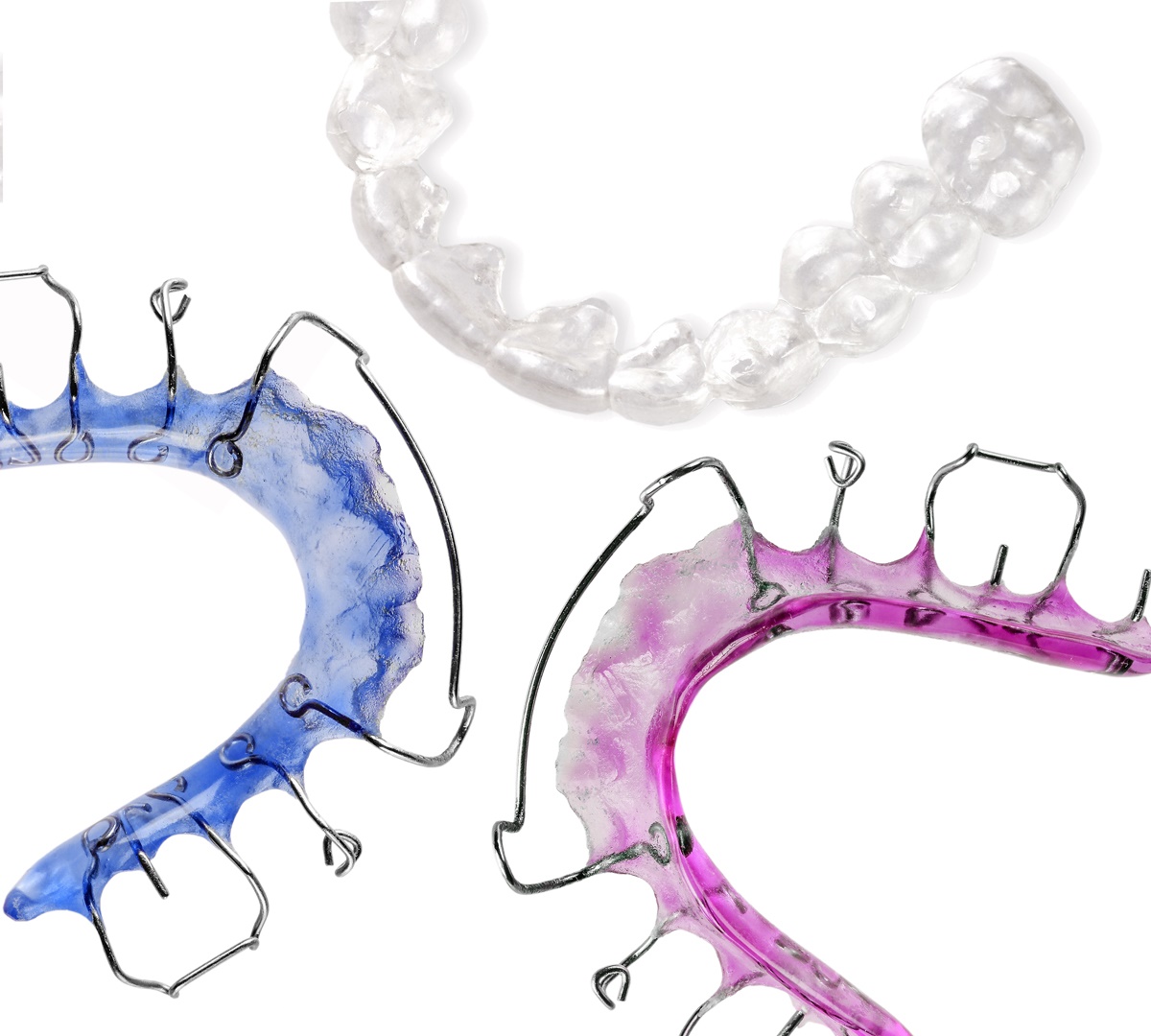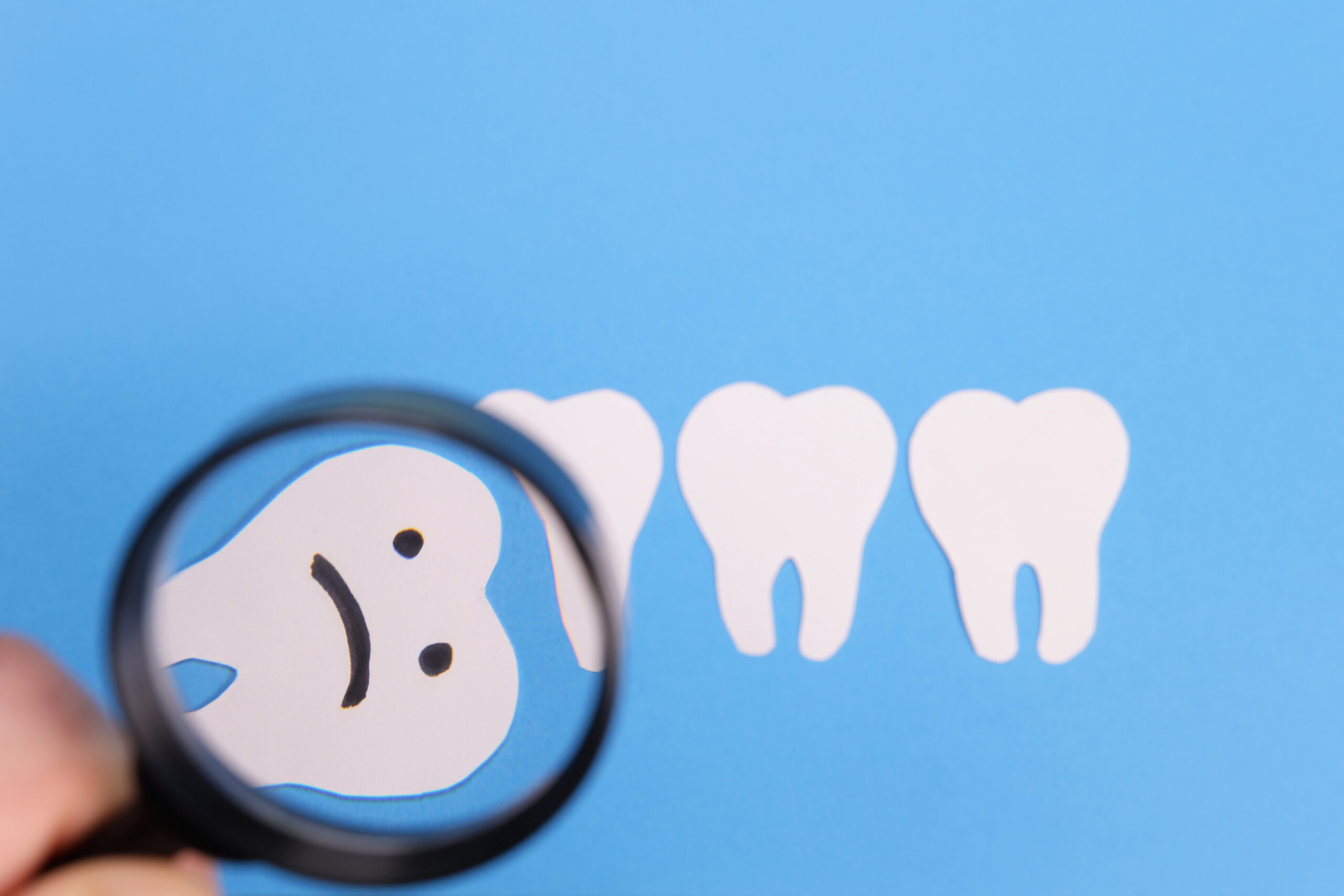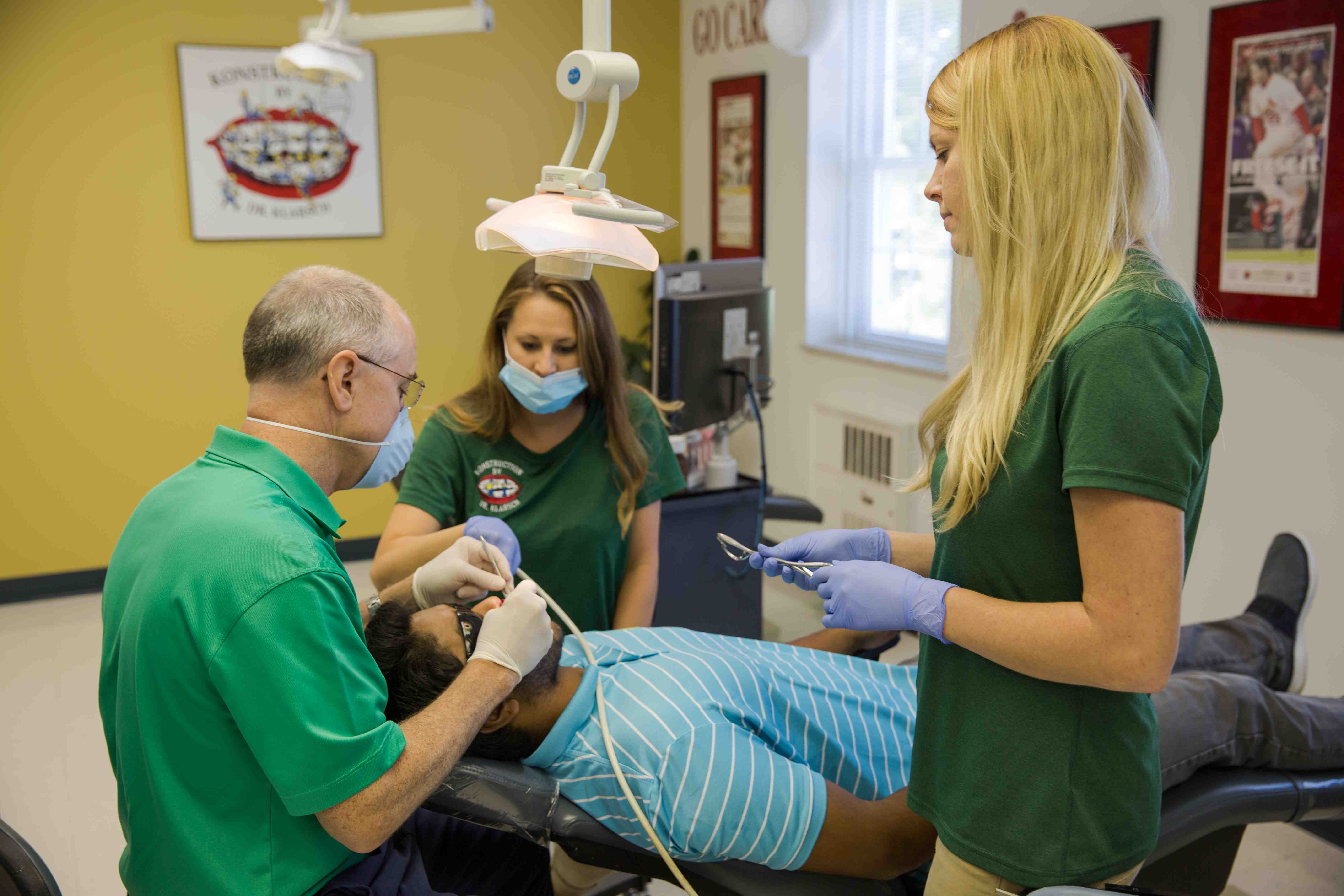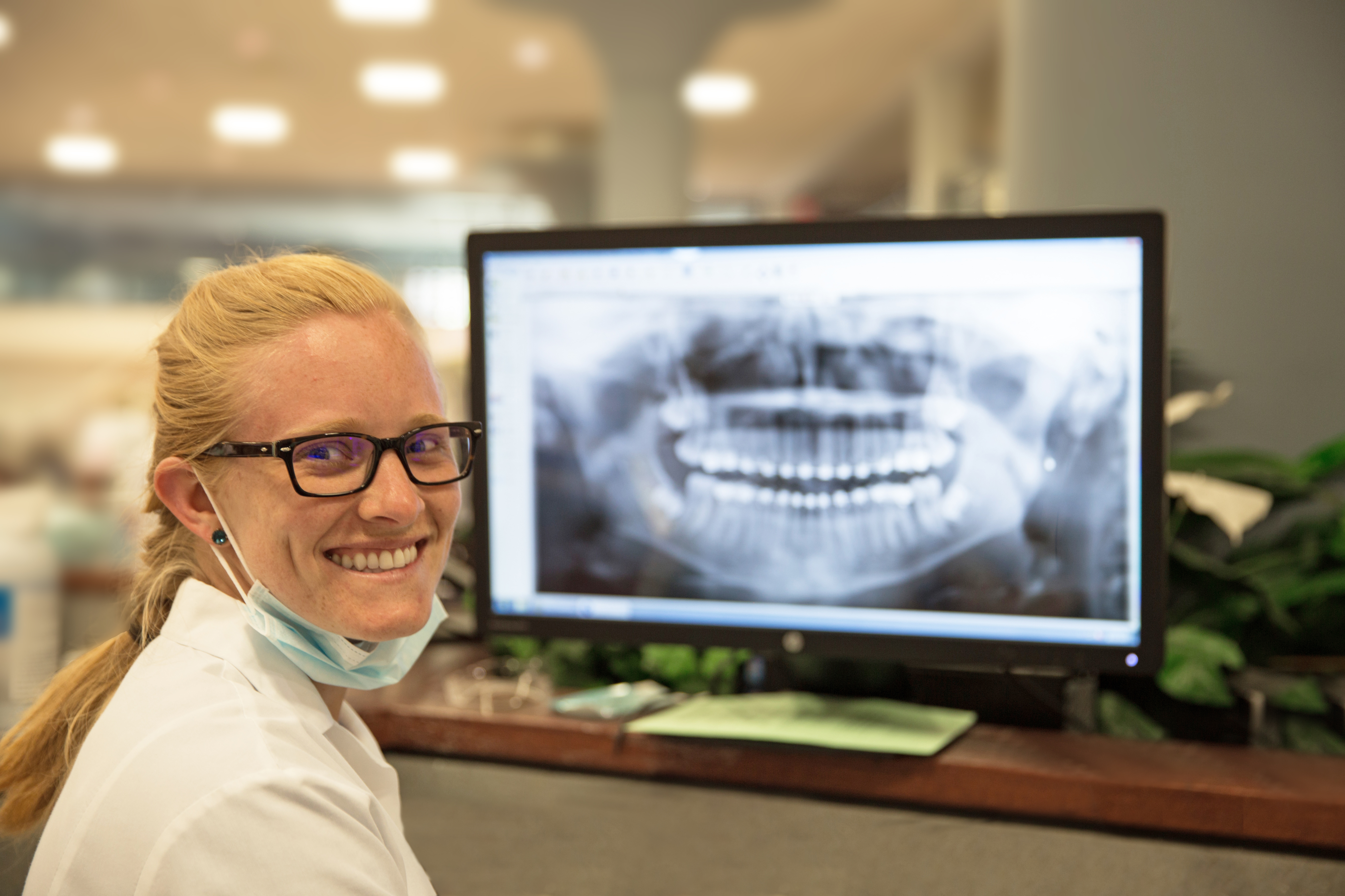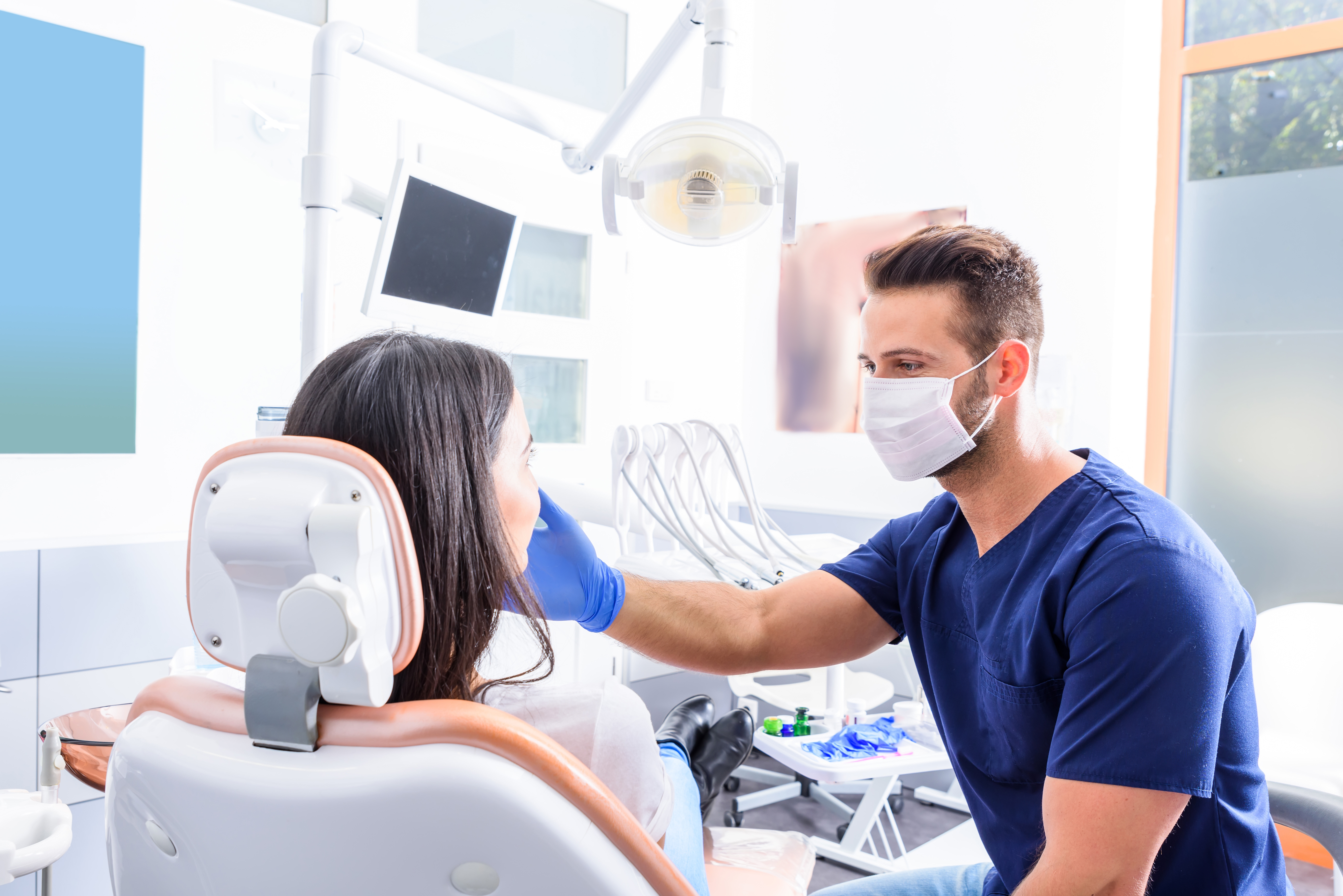
Understanding Deep Bites: Causes, Concerns, and Corrections
What Is an Excessive Overbite? While many patients seek orthodontic care due to crowded or misaligned teeth, being diagnosed with a “deep bite” can come as a surprise. A deep bite, also known as an excessive overbite, is a type of malocclusion where the upper front teeth significantly cover the lower front teeth from top … Continued

